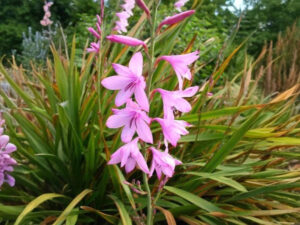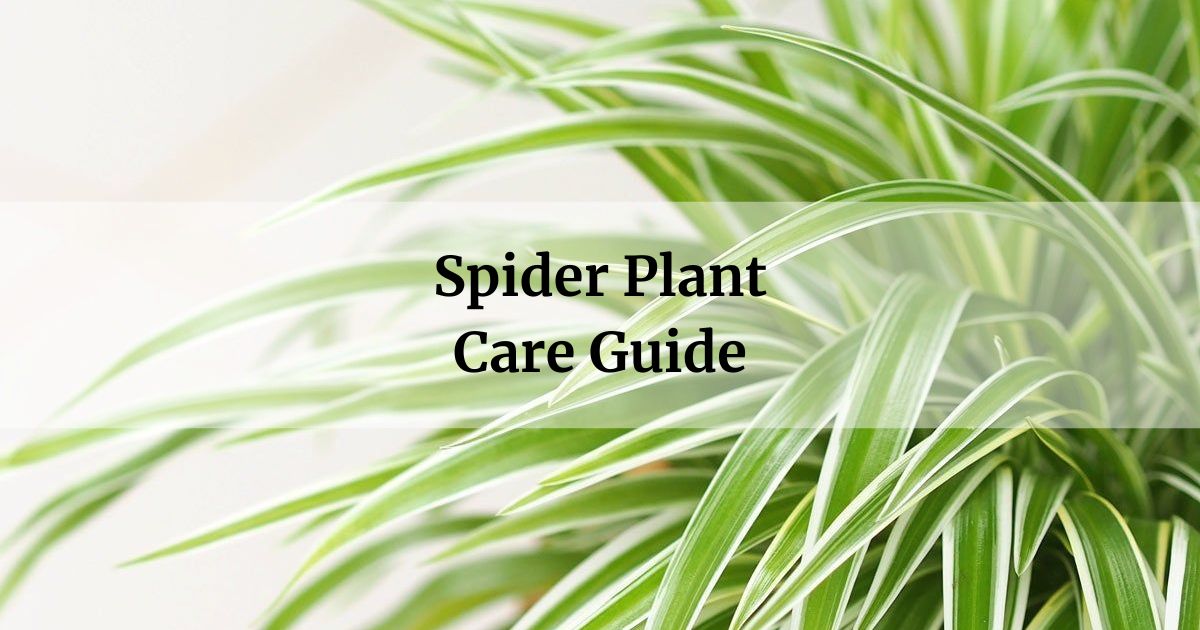
The Spider Plant (Chlorophytum comosum) is a popular houseplant known for its airy folliage and ability to grow “spiderettes.” It has long, strappy green leaves gracefully arching from a compact center, spider plant brings a sense of tropical ease indoors.
Key takeaways:
- Low light tolerant
- Drought tolerant
- Easy to propagate
- Propagates vegetatively through plantlets
- Tolerates a wide range of temperatures
In this article
Appearance of the Spider Plant
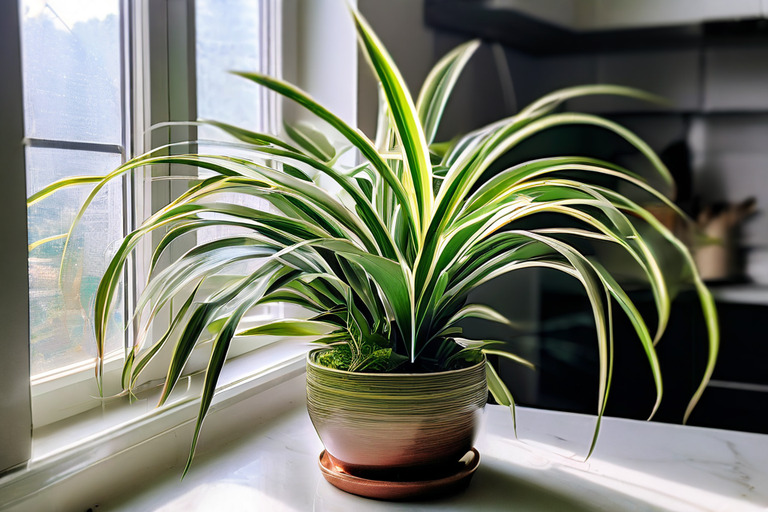
The spider plant has long, narrow green leaves that can reach up to 20 inches in length. The leaves emerge from the soil in a rosette formation. Small plantlets called “spiderettes” form in the leaf axils and hang down like spider legs, giving this plant its name. Spider plant is a beginner friendly houseplant that thrives in low light.
Light Requirements for the Spider Plant
Spider plants are famously one of the toughest and most forgiving houseplants. They can tolerate very low light conditions and thrive in medium to bright, indirect sunlight. Direct sunlight can cause leaf burn, so avoid placing in direct path of afternoon sun.
| Light Conditions | Effect on Spider Plant |
|---|---|
| Bright Indirect Light | Ideal – leaves remain vibrant green |
| Low Light | Tolerant, but growth may be slow |
| Direct Sunlight | Leaves may burn or fade |
Watering the Spider Plant
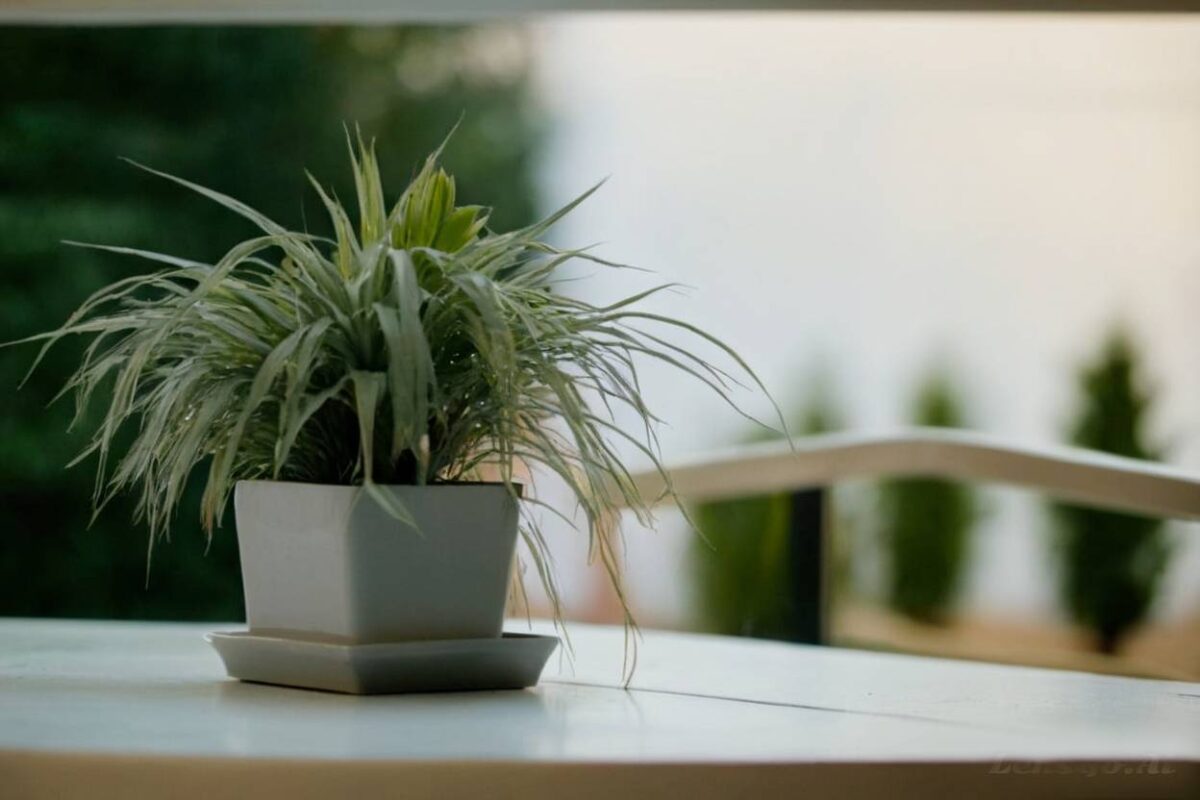
The frequency of watering depends on factors such as humidity, temperature, and pot size. Here are some key points to consider when watering your Spider Plant:
- Water your Spider Plant every 1-2 weeks.
- In autumn and winter, water less frequently, just dampening the compost.
- Water your Spider Plant when 50-75% of the soil volume is dry.
- Dry crispy tips may indicate underwatering, while dark brown tips may indicate overwatering.
Fertilizing the Spider Plant

Indoor Plant Fertilizer Pellets
Spider plants do not require heavy fertilizing. Apply a balanced liquid fertilizer monthly during the spring and summer growing seasons.
| Month | Recommended Dosage |
|---|---|
| Spring (March-May) | 1/4 strength |
| Summer (June-August) | 1/4 strength |
| Fall (September-November) | 1/4 strength |
| Winter (December-February) | none |
Potting the Spider Plant
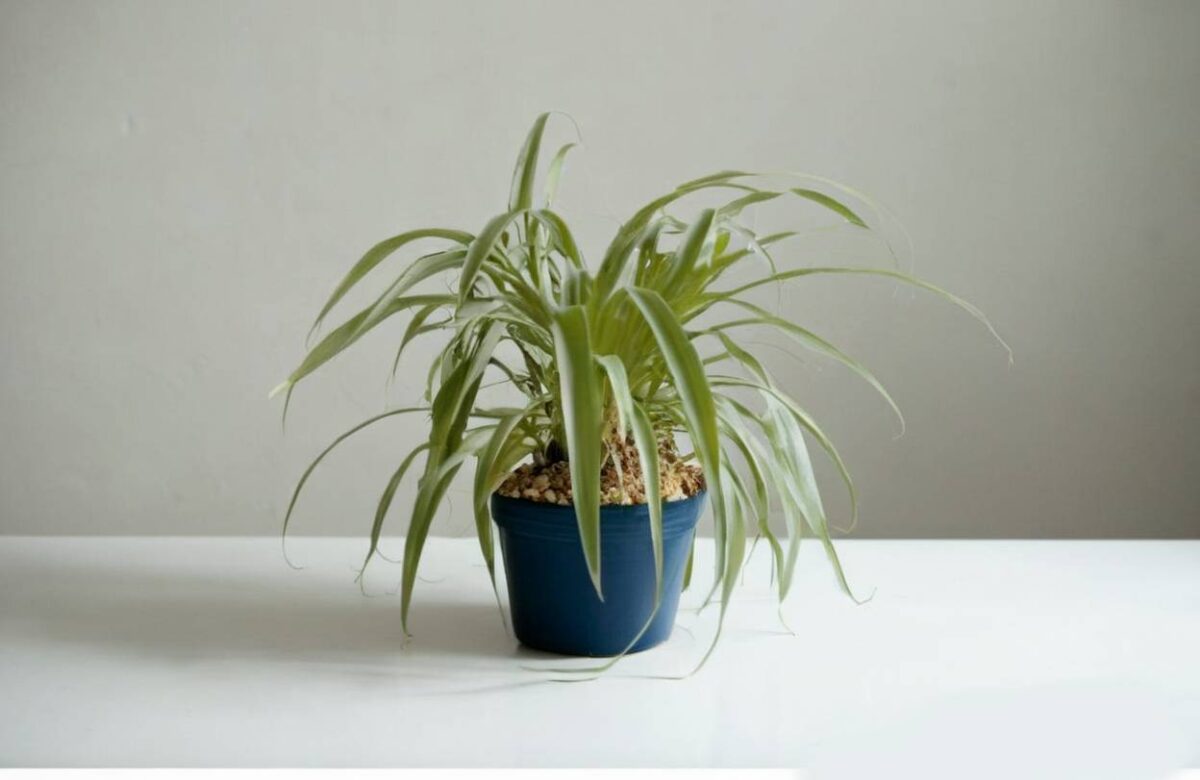
- Repot spider plant every 2-3 years or when roots begin to crowd the pot
- Use a well-draining potting mix for container plants
- Pot slightly larger to accommodate future growth
Propagation of Spider Plant
- Carefully remove plantlet from mother plant using clean, sharp scissors or knife
- Remove lower leaves until only top 4-5 inches remain
- Place plantlet roots down in moist well-draining potting mix
- Keep soil lightly moist and in bright light until new growth appears
- In 4-6 weeks, plantlet will have strengthened and can be separated from mother plant
Growth and Development of the Spider Plant
The Spider Plant typically grows between 12 and 15 inches in height every six to twelve months. Its thick, fleshy roots and rhizomes have evolved to store water, enabling the plant to survive inconsistent watering. This plant’s growth and development are characterized by its ability to thrive in various conditions, making it a popular choice for indoor spaces.
Spider plants thrive in temperatures between 65-80°F. They tolerate low humidity levels but may produce small white flowers and new plantlets more readily at 50% humidity or above.
RELATED: 9 Indoor Plants that Purify the Air
Managing Pests and Diseases for the Spider Plant
Spider plants are generally easy to care for and resistant to most pests and diseases. Check for signs of mealybugs or spider mites occasionally and treat accordingly.
Frequently asked questions
Can spider plants be grown outdoors?
Spider plants can be grown outdoors year-round in zones 9-11. In cooler zones, bring indoors before first frost.
How do I encourage my spider plant to produce plantlets?
Increase humidity levels and provide adequate light and fertilizer to spur plantlet production.
My spider plant leaves are yellowing, what’s wrong?
Yellowing leaves likely indicate overwatering. Allow soil to dry more between waterings.
With its ability to grow in low-light and produce cute dangling “spiderettes,” the spider plant makes an excellent beginner-friendly houseplant addition.
Happy gardening!





